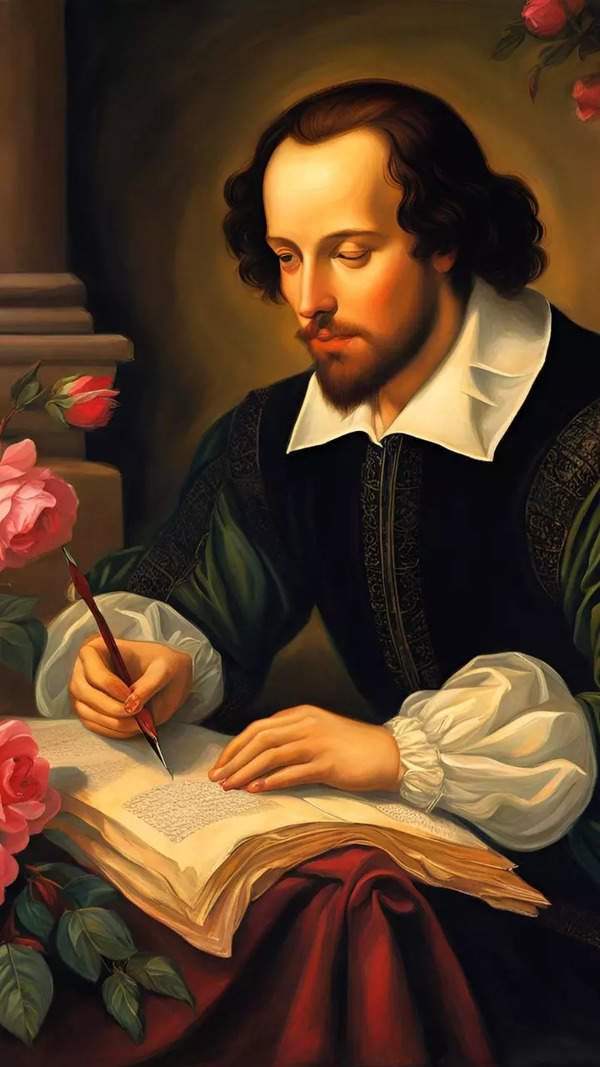- News
- Tamil Nadu, where secularism is set in stone
Tamil Nadu, where secularism is set in stone

Records in the form of stone inscriptions, palm leaf manuscripts, and copper plates reveal that these rulers made substantial donations, primarily to mosques along the east coast, from where traders entered the kingdoms.
Thondi, Periyapattinam (now in Ramanathapuram), and Kayalpattinam in Tuticorin, areas rich in Muslim heritage, were once collectively called ‘Pavthiramanickapattinam'. A stone inscription from 1247 AD at the Adhi Jaganatha Temple in Thirupullani says Maravarman Sundarapandian II donated the villages of Ambathur and Marudhur to the Pizhar mosque in Periyapattinam. Five Pandya-era stone inscriptions in the Kayalpattinam mosque show that Sadayavarman Kulasekhara Pandyan I (1190 AD-1218 AD) granted pearl farming and trade rights along the coast to the mosque. During Maravarman Kulasekhara Pandyan II's reign, a trader named Vadavanigan donated two coins to the Karupudaiyar mosque for an eternal lamp.
Under King Arikesari Parakirama Pandyan (1422 AD-1463 AD), halls, including the artha mandapam, idai naali, per mandapam, and a tank, were built, and the village of Maathur was donated to the Thurukka Nainar mosque, says Rajaguru. An inscription at Kaatu Mogodoom mosque in Veerapandianpattinam records Chera chieftain Udayamarthandan renovating the Sonadukondanpattinam mosque in 1387 AD and renaming it Udayamarthanda Perumpalli. "He ordered customs duties from the local harbour to be donated to the mosque."
J Raja Mohamed, former assistant director of museums in TN, has spent more than 40 years researching Muslim connections in southern India, particularly Tamil Nadu. He says Muslims arrived via ports such as Kayalpattinam, Korkai, and Thondi, often staying six months waiting for favourable winds for their return. Kayalpattinam in Tuticorin was especially popular. "Kings of that era were known for their secularism and built mosques with Dravidian architecture, adhering to the norm of no idols," he says. Initially, Muslims simply prayed facing west toward Arabia, but the kings built mosques and made generous donations to accommodate them.
"Islamic architecture reached North India in the 11th century, but didn't arrive in TN until the 14th century," he says. "As a result, many ancient mosques reflect the Dravidian architectural style of that era. Kayalpattinam and its surroundings once housed hundreds of old mosques, but many have since been destroyed or renovated with Islamic architecture."
Papanasam MLA and Manithaneya Makkal Katchi president M H Jawahirullah says TN has long been recognised for its secular spirit. "Pandya kings and their successors not only supported the Muslim community but also entrusted it with key roles. In 1279 AD, Maravarman Kulasekharan appointed a Muslim, Jamaludeen, as his envoy to China. There are many examples of the inclusive nature of Hindu rulers."
Kombai S Anwar, an award-winning documentary filmmaker whose film ‘Yaadhum' explores Tamil-Muslim identity and history, says that after the advent of Islam in the 7th century, maritime trade flourished and merchants from Arabia arrived here. "Muslims brought gold and horses, contributing to the kingdom's prosperity, so kings ensured their comfort, including building places of worship," he says. "Religion didn't interfere with royal authority, allowing the community's needs to be met. Hindu kings also appointed Muslims to high positions in their courts."
(Email your feedback with name and address to southpole.toi@timesofindia.com)
End of Article
FOLLOW US ON SOCIAL MEDIA









